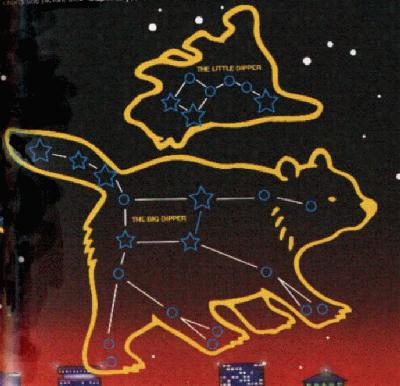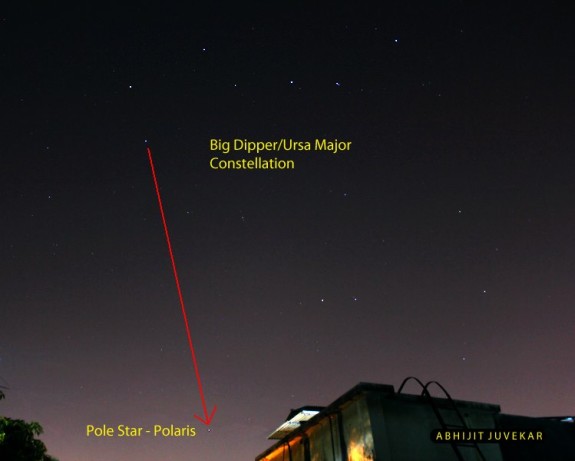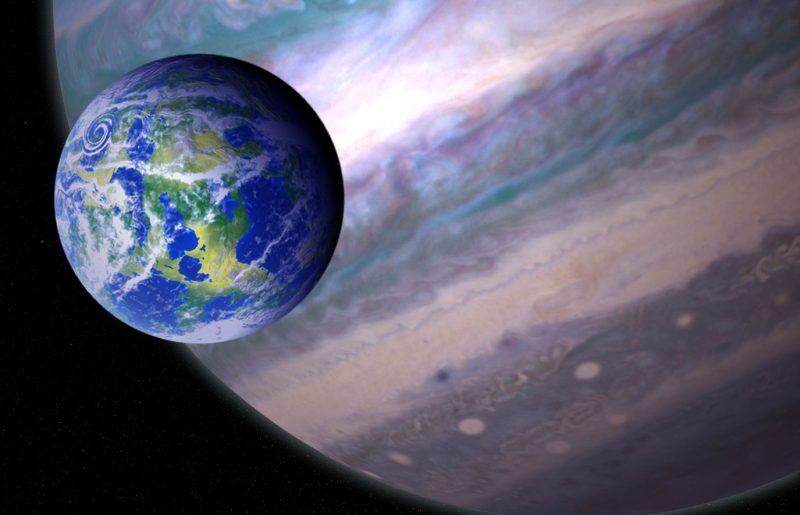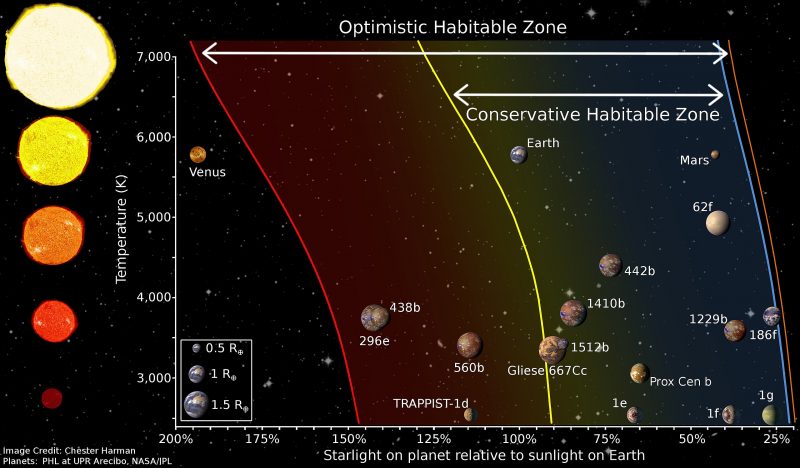In the famous words of Benjamin Franklin: “An ounce of prevention is worth a pound of cure.”
While he may have been talking about fire safety rather than disease, this sentiment rings true for cancer too. If there was a way to stop cancer from developing, then the stress, costs and side effects that come with a diagnosis and treatment could be avoided.
The challenge is that not all cancers are preventable, and there’s no elixir of life to help us get around the biggest risk factor for the disease – getting older. But some can be prevented – around 4 in 10 in the UK – meaning there’s an opportunity to act and help reduce the burden of the disease.
For cancers where survival remains poor, like oesophageal cancer, there’s potential to make the greatest difference for people. That’s why many of our scientists are working in this area, and new research showcases the progress they’re making.
A new Cancer Research UK-funded clinical trial has found that two over-the-counter, widely available drugs could help cut cases of oesophageal cancer in people at higher risk of the disease. And when these drugs – a stomach acid blocker and aspirin – were used together, their effects were even greater.
“We weren’t expecting such overwhelmingly positive data,” says lead author Prof Janusz Jankowski from the Royal College of Surgeons in Ireland, who is presenting the findings at the 2018 American Society of Clinical Oncology (ASCO) Annual Meeting in Chicago.
“The drugs caused a reduction in overall death and oesophageal cancers. It really surprised us how big the effect was, the effect for strong acid prevention was 4 times higher than we expected.”
Questions remain, such as who might benefit most from these drugs, and can they specifically prevent deaths from oesophageal cancer? But the findings mark an important step towards progress against a disease that has lagged others.
Risk and reason
Oesophageal cancer begins in the food pipe (oesophagus). The disease often doesn’t cause clear symptoms during its early stages, meaning many cases are diagnosed late when they’ve spread and become difficult to treat. That’s one of the main reasons why survival for oesophageal cancer is stubbornly low, with just over 1 in 10 people surviving their disease for a decade or longer.
It’s time for this grim situation to be turned around, and our researchers are showing that’s possible.
This latest study centres on one of the risk factors for oesophageal cancer, a condition called Barrett’s oesophagus. This is where the cells that line the food pipe change from a layered, brick wall to looking more like a picket fence. Normally, this happens because of stomach acid making its way up the food pipe (acid reflux) and damaging the cells.
Over time, these cells can become so different to healthy cells that they turn cancerous. This only happens to between 1 and 5 people in every 100 with Barrett’s oesophagus, but with acid reflux on the rise, there’s an opportunity to intervene and make a difference.
Mining for gold
For the study, scientists wanted to find out whether giving people with Barrett’s oesophagus a drug – called a proton pump inhibitor (PPI) – to treat their acid reflux could prevent their condition from worsening, and cut cases of oesophageal cancer. They also wanted to test whether adding aspirin could have a beneficial effect too.
Working across the UK and Canada, the team recruited more than 2,557 adults with Barrett’s oesophagus and randomly assigned them one of four treatments every day:
- A high dose of PPI with aspirin
- A high dose of PPI without aspirin
- A low dose of PPI with aspirin
- A low dose of PPI without aspirin
These people were then followed for an average of 9 years, amounting to a mammoth 20,000 years of patient data.
“It’s the longest of its kind in terms of follow up,” says Jankowski. “And no one had ever looked at combining PPIs and aspirin before for cancer prevention. That’s meant it’s been building a real gold mine for data collection.”
When they dug into this data gold mine, they found that high dose PPI treatment not only reduced progression of people’s Barrett’s oesophagus, but cases of oesophageal cancer and the number of people dying from any cause were lower too. And when aspirin was added in to the mix, the effect was even greater.
“We were expecting PPI treatment to maybe reduce cases of oesophageal cancer by about 5%,” says Jankowski.
“But we found the reduction was more like 20% in people given a high daily dose, which took us all by shock.”
Importantly, the drugs seemed to be safe too, with very few people experiencing side effects. But this is an important concern with using drugs to prevent cancer in this way, particularly aspirin, which is linked with bleeding risks when used long-term.
A case for change
So, what is it about this combination that seems to be so effective? While PPIs work by taming the cells’ environment, making it less hostile from the stomach acid, aspirin is thought to have a calming effect on growing cells.
“If we imagine a cell as a car careeing down a motorway, aspirin is like a speed regulator. It slows down cell metabolism and generally dampens down ‘go’ signals that could accelerate growth,” explains Jankowski.
There’s no question of whether this study will be practice-changing.
– Professor Jankowski
“Whereas PPIs are like the truck that sprays grit on the road surface, making it less likely that the car will skid out of control when conditions become unfavourable.”
And with such encouraging results, Jankowski doesn’t think it will be long before the findings will hopefully start helping people outside of clinical trials.
“There’s no question of whether this study will be practice-changing,” he says. “We found low dose PPI therapy isn’t as effective as high dose, so the results could alter their use.”
But there are other questions remaining. How long do patients need to take these drugs for them to have a beneficial effect? Who is most likely to benefit from taking them? And importantly, can they prevent deaths specifically from oesophageal cancer?
These will be the focus of future research. And Jankowski says the researchers are already drawing up plans to extend the study and begin answering these questions. With that clarity, hopefully this work can begin making an impact on people’s lives.
Justine

from Cancer Research UK – Science blog https://ift.tt/2HlSqcU

In the famous words of Benjamin Franklin: “An ounce of prevention is worth a pound of cure.”
While he may have been talking about fire safety rather than disease, this sentiment rings true for cancer too. If there was a way to stop cancer from developing, then the stress, costs and side effects that come with a diagnosis and treatment could be avoided.
The challenge is that not all cancers are preventable, and there’s no elixir of life to help us get around the biggest risk factor for the disease – getting older. But some can be prevented – around 4 in 10 in the UK – meaning there’s an opportunity to act and help reduce the burden of the disease.
For cancers where survival remains poor, like oesophageal cancer, there’s potential to make the greatest difference for people. That’s why many of our scientists are working in this area, and new research showcases the progress they’re making.
A new Cancer Research UK-funded clinical trial has found that two over-the-counter, widely available drugs could help cut cases of oesophageal cancer in people at higher risk of the disease. And when these drugs – a stomach acid blocker and aspirin – were used together, their effects were even greater.
“We weren’t expecting such overwhelmingly positive data,” says lead author Prof Janusz Jankowski from the Royal College of Surgeons in Ireland, who is presenting the findings at the 2018 American Society of Clinical Oncology (ASCO) Annual Meeting in Chicago.
“The drugs caused a reduction in overall death and oesophageal cancers. It really surprised us how big the effect was, the effect for strong acid prevention was 4 times higher than we expected.”
Questions remain, such as who might benefit most from these drugs, and can they specifically prevent deaths from oesophageal cancer? But the findings mark an important step towards progress against a disease that has lagged others.
Risk and reason
Oesophageal cancer begins in the food pipe (oesophagus). The disease often doesn’t cause clear symptoms during its early stages, meaning many cases are diagnosed late when they’ve spread and become difficult to treat. That’s one of the main reasons why survival for oesophageal cancer is stubbornly low, with just over 1 in 10 people surviving their disease for a decade or longer.
It’s time for this grim situation to be turned around, and our researchers are showing that’s possible.
This latest study centres on one of the risk factors for oesophageal cancer, a condition called Barrett’s oesophagus. This is where the cells that line the food pipe change from a layered, brick wall to looking more like a picket fence. Normally, this happens because of stomach acid making its way up the food pipe (acid reflux) and damaging the cells.
Over time, these cells can become so different to healthy cells that they turn cancerous. This only happens to between 1 and 5 people in every 100 with Barrett’s oesophagus, but with acid reflux on the rise, there’s an opportunity to intervene and make a difference.
Mining for gold
For the study, scientists wanted to find out whether giving people with Barrett’s oesophagus a drug – called a proton pump inhibitor (PPI) – to treat their acid reflux could prevent their condition from worsening, and cut cases of oesophageal cancer. They also wanted to test whether adding aspirin could have a beneficial effect too.
Working across the UK and Canada, the team recruited more than 2,557 adults with Barrett’s oesophagus and randomly assigned them one of four treatments every day:
- A high dose of PPI with aspirin
- A high dose of PPI without aspirin
- A low dose of PPI with aspirin
- A low dose of PPI without aspirin
These people were then followed for an average of 9 years, amounting to a mammoth 20,000 years of patient data.
“It’s the longest of its kind in terms of follow up,” says Jankowski. “And no one had ever looked at combining PPIs and aspirin before for cancer prevention. That’s meant it’s been building a real gold mine for data collection.”
When they dug into this data gold mine, they found that high dose PPI treatment not only reduced progression of people’s Barrett’s oesophagus, but cases of oesophageal cancer and the number of people dying from any cause were lower too. And when aspirin was added in to the mix, the effect was even greater.
“We were expecting PPI treatment to maybe reduce cases of oesophageal cancer by about 5%,” says Jankowski.
“But we found the reduction was more like 20% in people given a high daily dose, which took us all by shock.”
Importantly, the drugs seemed to be safe too, with very few people experiencing side effects. But this is an important concern with using drugs to prevent cancer in this way, particularly aspirin, which is linked with bleeding risks when used long-term.
A case for change
So, what is it about this combination that seems to be so effective? While PPIs work by taming the cells’ environment, making it less hostile from the stomach acid, aspirin is thought to have a calming effect on growing cells.
“If we imagine a cell as a car careeing down a motorway, aspirin is like a speed regulator. It slows down cell metabolism and generally dampens down ‘go’ signals that could accelerate growth,” explains Jankowski.
There’s no question of whether this study will be practice-changing.
– Professor Jankowski
“Whereas PPIs are like the truck that sprays grit on the road surface, making it less likely that the car will skid out of control when conditions become unfavourable.”
And with such encouraging results, Jankowski doesn’t think it will be long before the findings will hopefully start helping people outside of clinical trials.
“There’s no question of whether this study will be practice-changing,” he says. “We found low dose PPI therapy isn’t as effective as high dose, so the results could alter their use.”
But there are other questions remaining. How long do patients need to take these drugs for them to have a beneficial effect? Who is most likely to benefit from taking them? And importantly, can they prevent deaths specifically from oesophageal cancer?
These will be the focus of future research. And Jankowski says the researchers are already drawing up plans to extend the study and begin answering these questions. With that clarity, hopefully this work can begin making an impact on people’s lives.
Justine

from Cancer Research UK – Science blog https://ift.tt/2HlSqcU




















